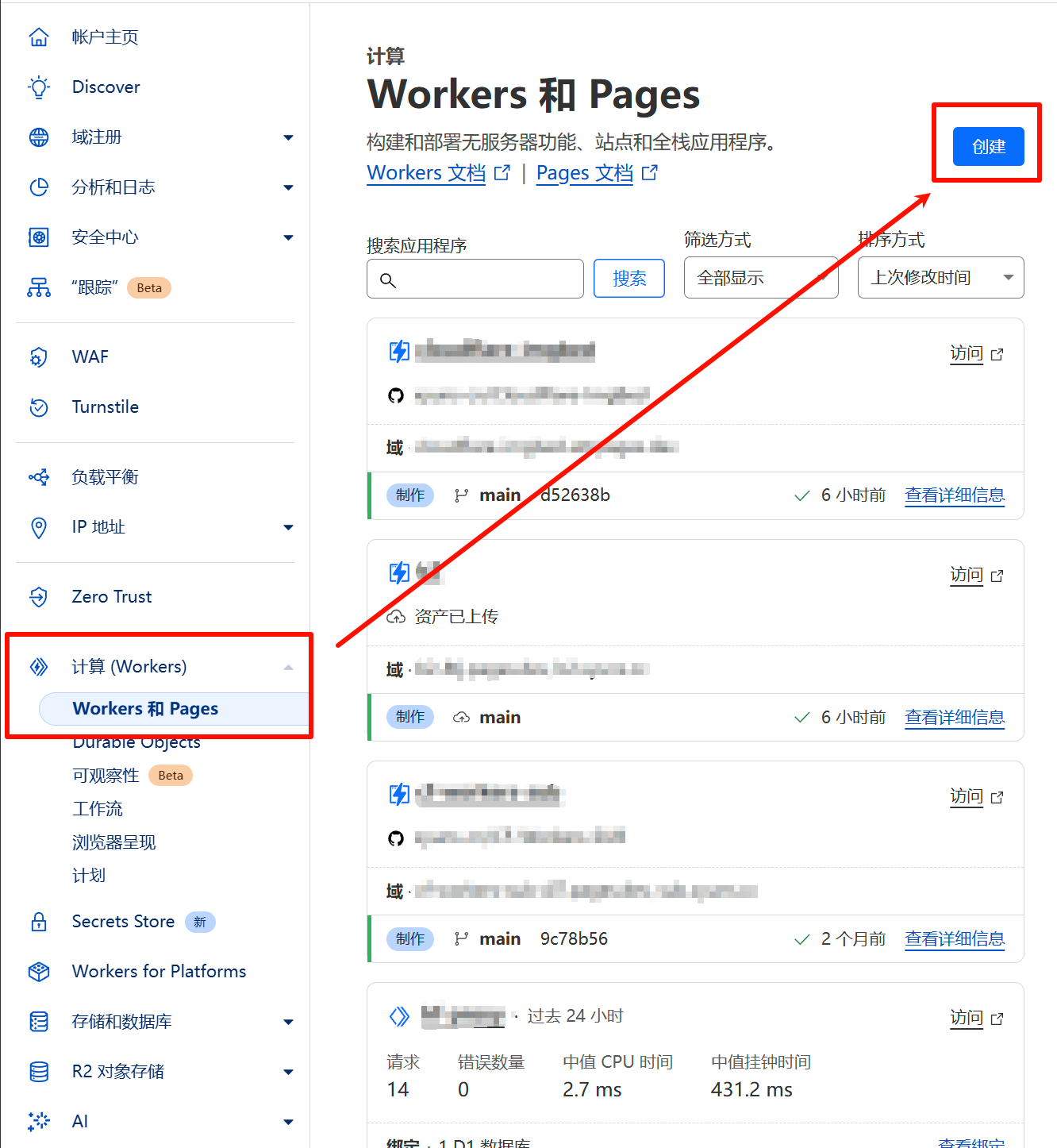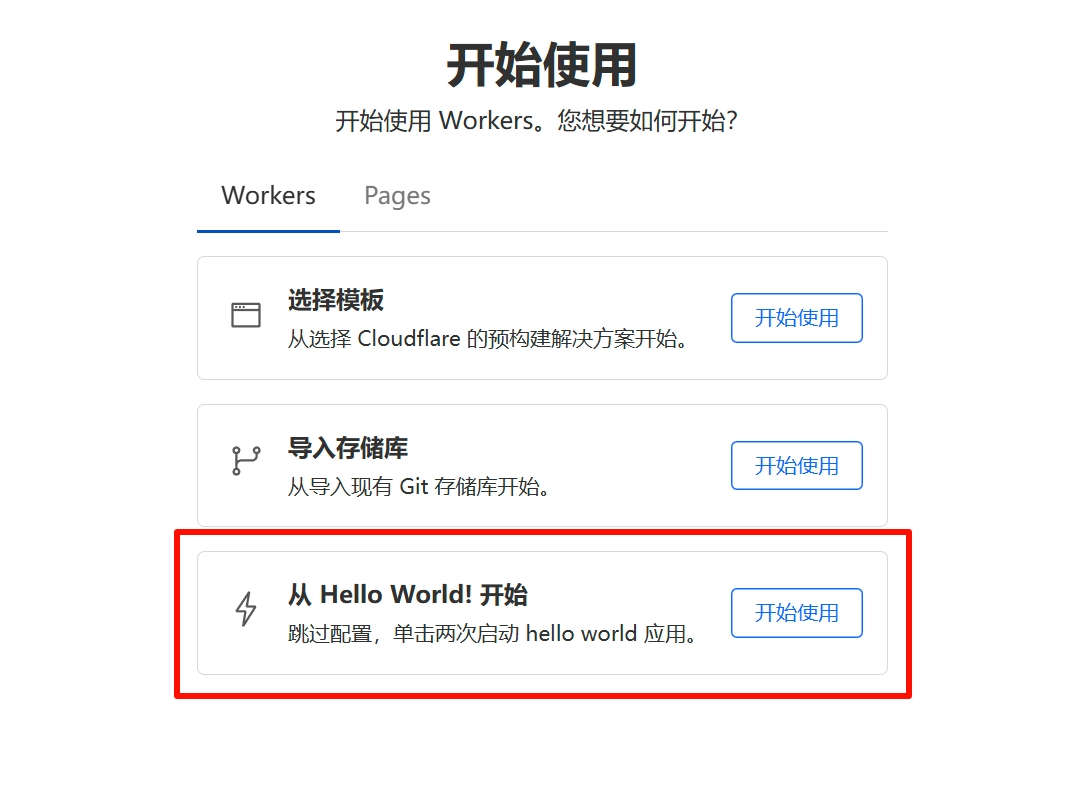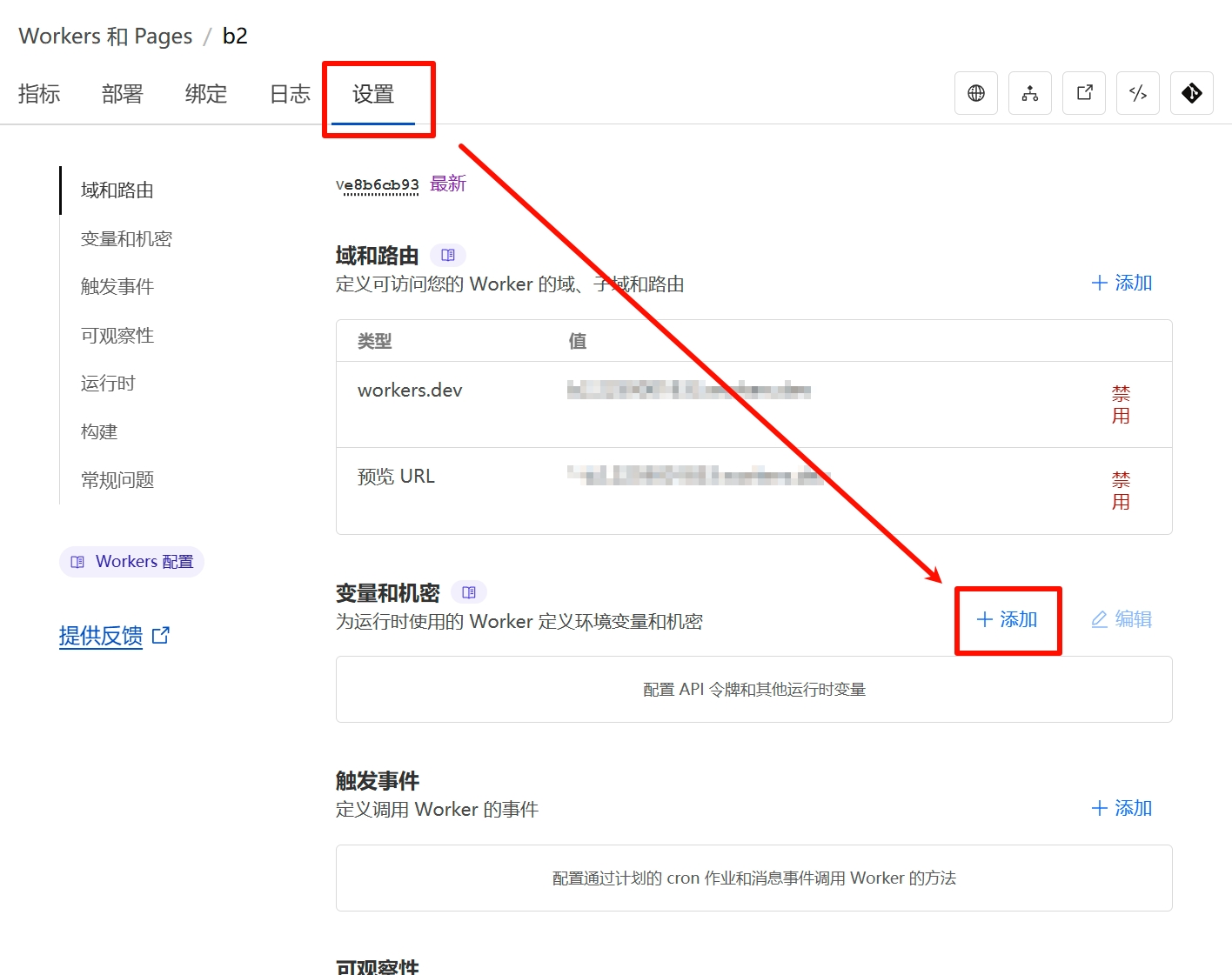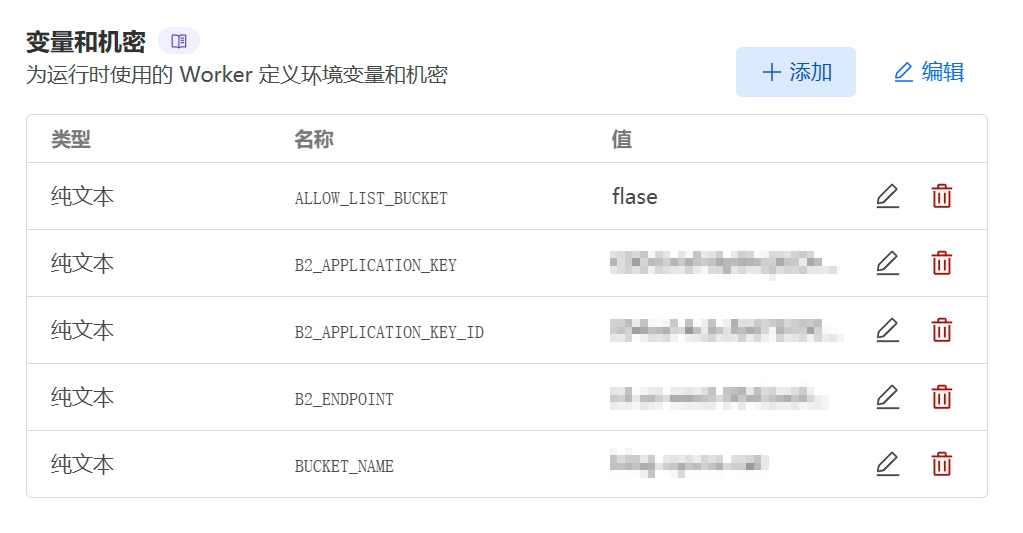1
2
3
4
5
6
7
8
9
10
11
12
13
14
15
16
17
18
19
20
21
22
23
24
25
26
27
28
29
30
31
32
33
34
35
36
37
38
39
40
41
42
43
44
45
46
47
48
49
50
51
52
53
54
55
56
57
58
59
60
61
62
63
64
65
66
67
68
69
70
71
72
73
74
75
76
77
78
79
80
81
82
83
84
85
86
87
88
89
90
91
92
93
94
95
96
97
98
99
100
101
102
103
104
105
106
107
108
109
110
111
112
113
114
115
116
117
118
119
120
121
122
123
124
125
126
127
128
129
130
131
132
133
134
135
136
137
138
139
140
141
142
143
144
145
146
147
148
149
150
151
152
153
154
155
156
157
158
159
160
161
162
163
164
165
166
167
168
169
170
171
172
173
174
175
176
177
178
179
180
181
182
183
184
185
186
187
188
189
190
191
192
193
194
195
196
197
198
199
200
201
202
203
204
205
206
207
208
209
210
211
212
213
214
215
216
217
218
219
220
221
222
223
224
225
226
227
228
229
230
231
232
233
234
235
236
237
238
239
240
241
242
243
244
245
246
247
248
249
250
251
252
253
254
255
256
257
258
259
260
261
262
263
264
265
266
267
268
269
270
271
272
273
274
275
276
277
278
279
280
281
282
283
284
285
286
287
288
289
290
291
292
293
294
295
296
297
298
299
300
301
302
303
304
305
306
307
308
309
310
311
312
313
314
315
316
317
318
319
320
321
322
323
324
325
326
327
328
329
330
331
332
333
334
335
336
337
338
339
340
341
342
343
344
345
346
347
348
349
350
351
352
353
354
355
356
357
358
359
360
361
362
363
364
365
366
367
368
369
370
371
372
373
374
375
376
377
378
379
380
381
382
383
|
var encoder = new TextEncoder();
var HOST_SERVICES = {
appstream2: "appstream",
cloudhsmv2: "cloudhsm",
email: "ses",
marketplace: "aws-marketplace",
mobile: "AWSMobileHubService",
pinpoint: "mobiletargeting",
queue: "sqs",
"git-codecommit": "codecommit",
"mturk-requester-sandbox": "mturk-requester",
"personalize-runtime": "personalize"
};
var UNSIGNABLE_HEADERS = new Set([
"authorization",
"content-type",
"content-length",
"user-agent",
"presigned-expires",
"expect",
"x-amzn-trace-id",
"range",
"connection"
]);
var AwsClient = class {
constructor({ accesskeyID, secretAccessKey, sessionToken, service, region, cache, retries, initRetryMs }) {
if (accesskeyID == null)
throw new TypeError("accesskeyID is a required option");
if (secretAccessKey == null)
throw new TypeError("secretAccessKey is a required option");
this.accesskeyID = accesskeyID;
this.secretAccessKey = secretAccessKey;
this.sessionToken = sessionToken;
this.service = service;
this.region = region;
this.cache = cache || new Map();
this.retries = retries != null ? retries : 10;
this.initRetryMs = initRetryMs || 50;
}
async sign(input, init) {
if (input instanceof Request) {
const { method, url, headers, body } = input;
init = Object.assign({ method, url, headers }, init);
if (init.body == null && headers.has("Content-Type")) {
init.body = body != null && headers.has("X-Amz-Content-Sha256") ? body : await input.clone().arrayBuffer();
}
input = url;
}
const signer = new AwsV4Signer(Object.assign({ url: input }, init, this, init && init.aws));
const signed = Object.assign({}, init, await signer.sign());
delete signed.aws;
try {
return new Request(signed.url.toString(), signed);
} catch (e) {
if (e instanceof TypeError) {
return new Request(signed.url.toString(), Object.assign({ duplex: "half" }, signed));
}
throw e;
}
}
async fetch(input, init) {
for (let i = 0; i <= this.retries; i++) {
const fetched = fetch(await this.sign(input, init));
if (i === this.retries) {
return fetched;
}
const res = await fetched;
if (res.status < 500 && res.status !== 429) {
return res;
}
await new Promise((resolve) => setTimeout(resolve, Math.random() * this.initRetryMs * Math.pow(2, i)));
}
throw new Error("An unknown error occurred, ensure retries is not negative");
}
};
var AwsV4Signer = class {
constructor({ method, url, headers, body, accesskeyID, secretAccessKey, sessionToken, service, region, cache, datetime, signQuery, appendSessionToken, allHeaders, singleEncode }) {
if (url == null)
throw new TypeError("url is a required option");
if (accesskeyID == null)
throw new TypeError("accesskeyID is a required option");
if (secretAccessKey == null)
throw new TypeError("secretAccessKey is a required option");
this.method = method || (body ? "POST" : "GET");
this.url = new URL(url);
this.headers = new Headers(headers || {});
this.body = body;
this.accesskeyID = accesskeyID;
this.secretAccessKey = secretAccessKey;
this.sessionToken = sessionToken;
let guessedService, guessedRegion;
if (!service || !region) {
[guessedService, guessedRegion] = guessServiceRegion(this.url, this.headers);
}
this.service = service || guessedService || "";
this.region = region || guessedRegion || "us-east-1";
this.cache = cache || new Map();
this.datetime = datetime || ( new Date()).toISOString().replace(/[:-]|\.\d{3}/g, "");
this.signQuery = signQuery;
this.appendSessionToken = appendSessionToken || this.service === "iotdevicegateway";
this.headers.delete("Host");
if (this.service === "s3" && !this.signQuery && !this.headers.has("X-Amz-Content-Sha256")) {
this.headers.set("X-Amz-Content-Sha256", "UNSIGNED-PAYLOAD");
}
const params = this.signQuery ? this.url.searchParams : this.headers;
params.set("X-Amz-Date", this.datetime);
if (this.sessionToken && !this.appendSessionToken) {
params.set("X-Amz-Security-Token", this.sessionToken);
}
this.signableHeaders = ["host", ...this.headers.keys()].filter((header) => allHeaders || !UNSIGNABLE_HEADERS.has(header)).sort();
this.signedHeaders = this.signableHeaders.join(";");
this.canonicalHeaders = this.signableHeaders.map((header) => header + ":" + (header === "host" ? this.url.host : (this.headers.get(header) || "").replace(/\s+/g, " "))).join("\n");
this.credentialString = [this.datetime.slice(0, 8), this.region, this.service, "aws4_request"].join("/");
if (this.signQuery) {
if (this.service === "s3" && !params.has("X-Amz-Expires")) {
params.set("X-Amz-Expires", "86400");
}
params.set("X-Amz-Algorithm", "AWS4-HMAC-SHA256");
params.set("X-Amz-Credential", this.accesskeyID + "/" + this.credentialString);
params.set("X-Amz-SignedHeaders", this.signedHeaders);
}
if (this.service === "s3") {
try {
this.encodedPath = decodeURIComponent(this.url.pathname.replace(/\+/g, " "));
} catch (e) {
this.encodedPath = this.url.pathname;
}
} else {
this.encodedPath = this.url.pathname.replace(/\/+/g, "/");
}
if (!singleEncode) {
this.encodedPath = encodeURIComponent(this.encodedPath).replace(/%2F/g, "/");
}
this.encodedPath = encodeRfc3986(this.encodedPath);
const seenKeys = new Set();
this.encodedSearch = [...this.url.searchParams].filter(([k]) => {
if (!k)
return false;
if (this.service === "s3") {
if (seenKeys.has(k))
return false;
seenKeys.add(k);
}
return true;
}).map((pair) => pair.map((p) => encodeRfc3986(encodeURIComponent(p)))).sort(([k1, v1], [k2, v2]) => k1 < k2 ? -1 : k1 > k2 ? 1 : v1 < v2 ? -1 : v1 > v2 ? 1 : 0).map((pair) => pair.join("=")).join("&");
}
async sign() {
if (this.signQuery) {
this.url.searchParams.set("X-Amz-Signature", await this.signature());
if (this.sessionToken && this.appendSessionToken) {
this.url.searchParams.set("X-Amz-Security-Token", this.sessionToken);
}
} else {
this.headers.set("Authorization", await this.authHeader());
}
return {
method: this.method,
url: this.url,
headers: this.headers,
body: this.body
};
}
async authHeader() {
return [
"AWS4-HMAC-SHA256 Credential=" + this.accesskeyID + "/" + this.credentialString,
"SignedHeaders=" + this.signedHeaders,
"Signature=" + await this.signature()
].join(", ");
}
async signature() {
const date = this.datetime.slice(0, 8);
const cacheKey = [this.secretAccessKey, date, this.region, this.service].join();
let kCredentials = this.cache.get(cacheKey);
if (!kCredentials) {
const kDate = await hmac("AWS4" + this.secretAccessKey, date);
const kRegion = await hmac(kDate, this.region);
const kService = await hmac(kRegion, this.service);
kCredentials = await hmac(kService, "aws4_request");
this.cache.set(cacheKey, kCredentials);
}
return buf2hex(await hmac(kCredentials, await this.stringToSign()));
}
async stringToSign() {
return [
"AWS4-HMAC-SHA256",
this.datetime,
this.credentialString,
buf2hex(await hash(await this.canonicalString()))
].join("\n");
}
async canonicalString() {
return [
this.method.toUpperCase(),
this.encodedPath,
this.encodedSearch,
this.canonicalHeaders + "\n",
this.signedHeaders,
await this.hexBodyHash()
].join("\n");
}
async hexBodyHash() {
let hashHeader = this.headers.get("X-Amz-Content-Sha256") || (this.service === "s3" && this.signQuery ? "UNSIGNED-PAYLOAD" : null);
if (hashHeader == null) {
if (this.body && typeof this.body !== "string" && !("byteLength" in this.body)) {
throw new Error("body must be a string, ArrayBuffer or ArrayBufferView, unless you include the X-Amz-Content-Sha256 header");
}
hashHeader = buf2hex(await hash(this.body || ""));
}
return hashHeader;
}
};
async function hmac(key, string) {
const cryptoKey = await crypto.subtle.importKey(
"raw",
typeof key === "string" ? encoder.encode(key) : key,
{ name: "HMAC", hash: { name: "SHA-256" } },
false,
["sign"]
);
return crypto.subtle.sign("HMAC", cryptoKey, encoder.encode(string));
}
async function hash(content) {
return crypto.subtle.digest("SHA-256", typeof content === "string" ? encoder.encode(content) : content);
}
function buf2hex(buffer) {
return Array.prototype.map.call(new Uint8Array(buffer), (x) => ("0" + x.toString(16)).slice(-2)).join("");
}
function encodeRfc3986(urlEncodedStr) {
return urlEncodedStr.replace(/[!'()*]/g, (c) => "%" + c.charCodeAt(0).toString(16).toUpperCase());
}
function guessServiceRegion(url, headers) {
const { hostname, pathname } = url;
if (hostname.endsWith(".r2.cloudflarestorage.com")) {
return ["s3", "auto"];
}
if (hostname.endsWith(".backblazeb2.com")) {
const match2 = hostname.match(/^(?:[^.]+\.)?s3\.([^.]+)\.backblazeb2\.com$/);
return match2 != null ? ["s3", match2[1]] : ["", ""];
}
const match = hostname.replace("dualstack.", "").match(/([^.]+)\.(?:([^.]*)\.)?amazonaws\.com(?:\.cn)?$/);
let [service, region] = (match || ["", ""]).slice(1, 3);
if (region === "us-gov") {
region = "us-gov-west-1";
} else if (region === "s3" || region === "s3-accelerate") {
region = "us-east-1";
service = "s3";
} else if (service === "iot") {
if (hostname.startsWith("iot.")) {
service = "execute-api";
} else if (hostname.startsWith("data.jobs.iot.")) {
service = "iot-jobs-data";
} else {
service = pathname === "/mqtt" ? "iotdevicegateway" : "iotdata";
}
} else if (service === "autoscaling") {
const targetPrefix = (headers.get("X-Amz-Target") || "").split(".")[0];
if (targetPrefix === "AnyScaleFrontendService") {
service = "application-autoscaling";
} else if (targetPrefix === "AnyScaleScalingPlannerFrontendService") {
service = "autoscaling-plans";
}
} else if (region == null && service.startsWith("s3-")) {
region = service.slice(3).replace(/^fips-|^external-1/, "");
service = "s3";
} else if (service.endsWith("-fips")) {
service = service.slice(0, -5);
} else if (region && /-\d$/.test(service) && !/-\d$/.test(region)) {
[service, region] = [region, service];
}
return [HOST_SERVICES[service] || service, region];
}
var UNSIGNABLE_HEADERS2 = [
"x-forwarded-proto",
"x-real-ip",
"accept-encoding"
];
var HTTPS_PROTOCOL = "https:";
var HTTPS_PORT = "443";
var RANGE_RETRY_ATTEMPTS = 3;
function filterHeaders(headers, env) {
return new Headers(Array.from(headers.entries()).filter(
(pair) => !UNSIGNABLE_HEADERS2.includes(pair[0]) && !pair[0].startsWith("cf-") && !("ALLOWED_HEADERS" in env && !env.ALLOWED_HEADERS.includes(pair[0]))
));
}
var my_proxy_default = {
async fetch(request, env) {
if (!["GET", "HEAD"].includes(request.method)) {
return new Response(null, {
status: 405,
statusText: "Method Not Allowed"
});
}
const url = new URL(request.url);
url.protocol = HTTPS_PROTOCOL;
url.port = HTTPS_PORT;
let path = url.pathname.replace(/^\//, "");
path = path.replace(/\/$/, "");
const pathSegments = path.split("/");
if (env.ALLOW_LIST_BUCKET !== "true") {
if (env.BUCKET_NAME === "$path" && pathSegments.length < 2 || env.BUCKET_NAME !== "$path" && path.length === 0) {
return new Response(null, {
status: 404,
statusText: "Not Found"
});
}
}
switch (env.BUCKET_NAME) {
case "$path":
url.hostname = env.B2_ENDPOINT;
break;
case "$host":
url.hostname = url.hostname.split(".")[0] + "." + env.B2_ENDPOINT;
break;
default:
url.hostname = env.BUCKET_NAME + "." + env.B2_ENDPOINT;
break;
}
const headers = filterHeaders(request.headers, env);
const endpointRegex = /^s3\.([a-zA-Z0-9-]+)\.backblazeb2\.com$/;
const [, aws_region] = env.B2_ENDPOINT.match(endpointRegex);
const client = new AwsClient({
"accesskeyID": env.B2_APPLICATION_KEY_ID,
"secretAccessKey": env.B2_APPLICATION_KEY,
"service": "s3",
"region": aws_region
});
const signedRequest = await client.sign(url.toString(), {
method: request.method,
headers
});
if (signedRequest.headers.has("range")) {
let attempts = RANGE_RETRY_ATTEMPTS;
let response;
do {
let controller = new AbortController();
response = await fetch(signedRequest.url, {
method: signedRequest.method,
headers: signedRequest.headers,
signal: controller.signal
});
if (response.headers.has("content-range")) {
if (attempts < RANGE_RETRY_ATTEMPTS) {
console.log(`Retry for ${signedRequest.url} succeeded - response has content-range header`);
}
break;
} else if (response.ok) {
attempts -= 1;
console.error(`Range header in request for ${signedRequest.url} but no content-range header in response. Will retry ${attempts} more times`);
if (attempts > 0) {
controller.abort();
}
} else {
break;
}
} while (attempts > 0);
if (attempts <= 0) {
console.error(`Tried range request for ${signedRequest.url} ${RANGE_RETRY_ATTEMPTS} times, but no content-range in response.`);
}
return response;
}
return fetch(signedRequest);
}
};
export {
my_proxy_default as default
};
|






